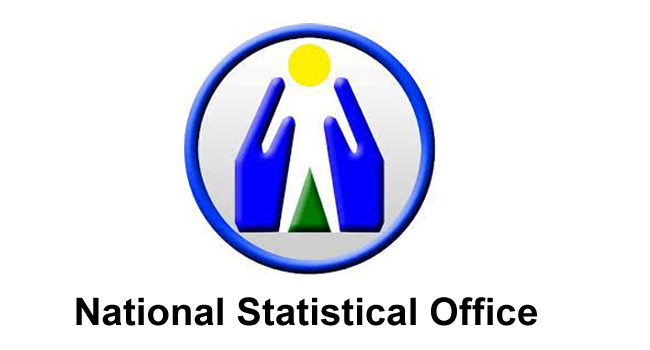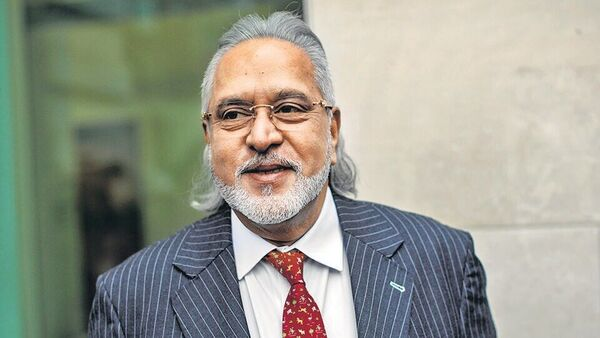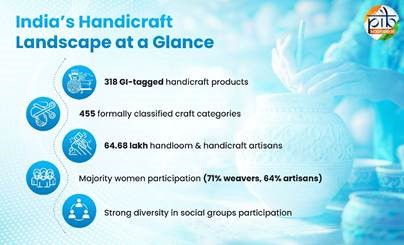Description

Disclaimer: Copyright infringement not intended.
Context
- The National Statistical Office said that the proportion of employed persons working part-time in the 46-59 years age group at all India level was more than 10% between 2017-20 while in the age group of above 60 years, the proportion of employed persons working part-time was more than 15%.
Findings of NSO’s Report
- In India, the proportion of employed persons working part time is more among females than males irrespective of the age-groups.
- As per the paper, the Employment Rate of Employed Worker living in a household with no child under age three years, rose to 61.2% in FY20 from 58.37% in FY18 in the 26-49 years age group.
- The proportion of employed persons who are employer in the above 15 age group, has been estimated at 1.91%, 2.17% and 2.02%, respectively for 2017-18, 2018-19 and 2019-20.
- The NSO sought public comments to develop three labour indicators:
- “Proportion of Employed working Part-time, by sex”,
- “Proportion of Employed who are Employer, by sex” and
- “Employment Rate of persons age 25-49 living in a household with at least one child under age 3 years and with no children under age 3 years living in the household, by sex” from the Periodic Labour Force Survey (PLFS) data available in “Person level data of first visit schedule”
- The International Labour Organization (ILO) is custodian agency for these indicators. It has considered part-time employed worker as proportion of those working less than 30 hours a week.
- There has been rapid growth in part-time work in the past few decades in developed economies, adding that this trend is related to the increase in female labour force participation. It also results from policies attempting to raise labour market flexibility in reaction to changing work organization within industries and to the growth of the services sector.
- It cautioned that of concern to policy-makers in the apparent move towards more flexible working arrangements is the risk that such working arrangements may be less economically secure and less stable than full- time employment. Part-time employment has been seen as an instrument to increase labour supply. Indeed, as part-time work may offer the chance of a better balance between working life and family responsibilities, and suits workers who prefer shorter working hours and more time for their private life, it may allow more working-age persons to actually join the labour force.
National Statistical Commission (NSC)
- The National Statistical Commission (NSC) of India is an autonomous body which formed in June 2005 under the recommendation of Rangarajan commission.
- The Chairperson of the Commission enjoys the status of a Minister of State and the Members of the Commission have the status equivalent to the Secretary to the Government of India. The Chairperson and the Members also enjoy a relative security of tenure as once they assume office, they can be removed only by the President after the Supreme Court of India has on inquiry held in accordance with the procedure Article 145 of the Constitution of India reported that they ought to be removed
- The objective of its constitution is to reduce the problems faced by statistical agencies in the country in relation to collection of data.
- Statistical agencies like the Central Statistics Office (CSO) and the National Sample Survey Organisation (NSSO) face numerous problems in collecting data from State and Central government departments, but an autonomous body like the NSC is thought to be more able to coordinate things as a statutory status would lend it teeth.
https://economictimes.indiatimes.com/news/economy/policy/nso-develops-three-labour-indicators-says-15-of-60-employed-people-worked-part-time-in-2017-20/articleshow/92988745.cms
1.png)












